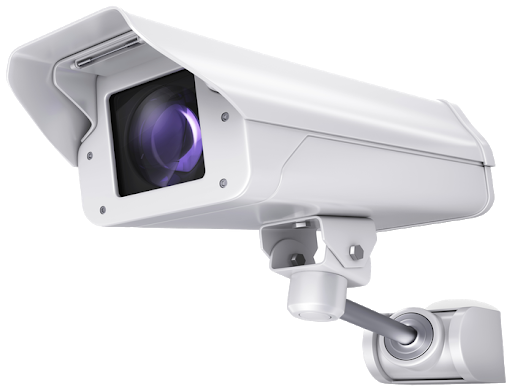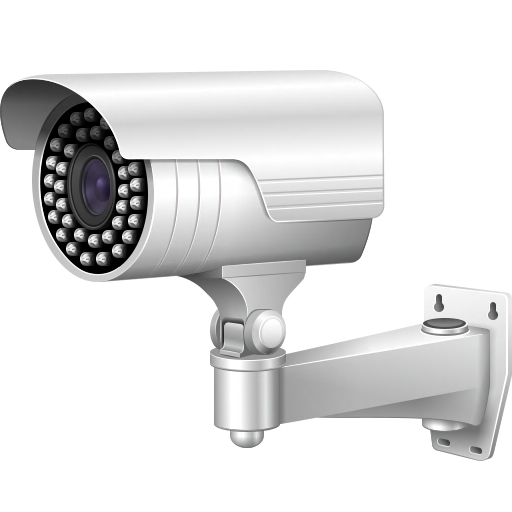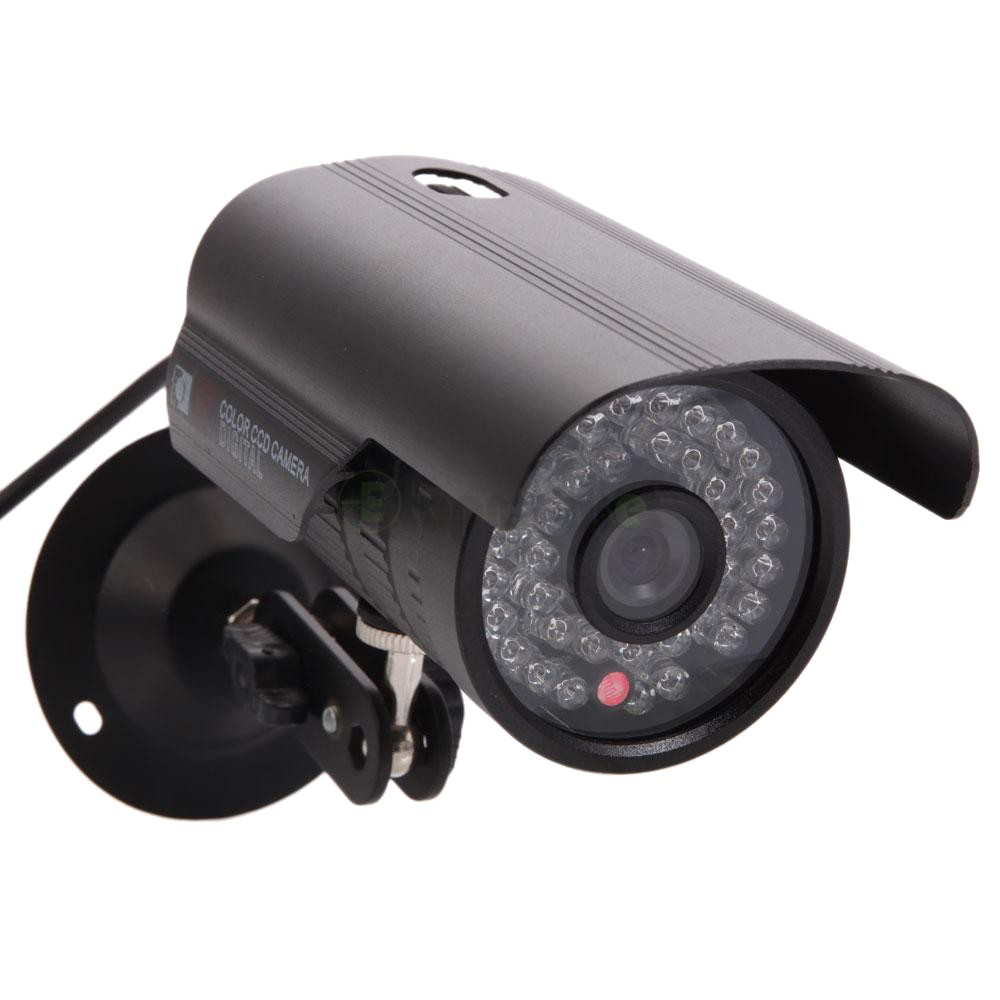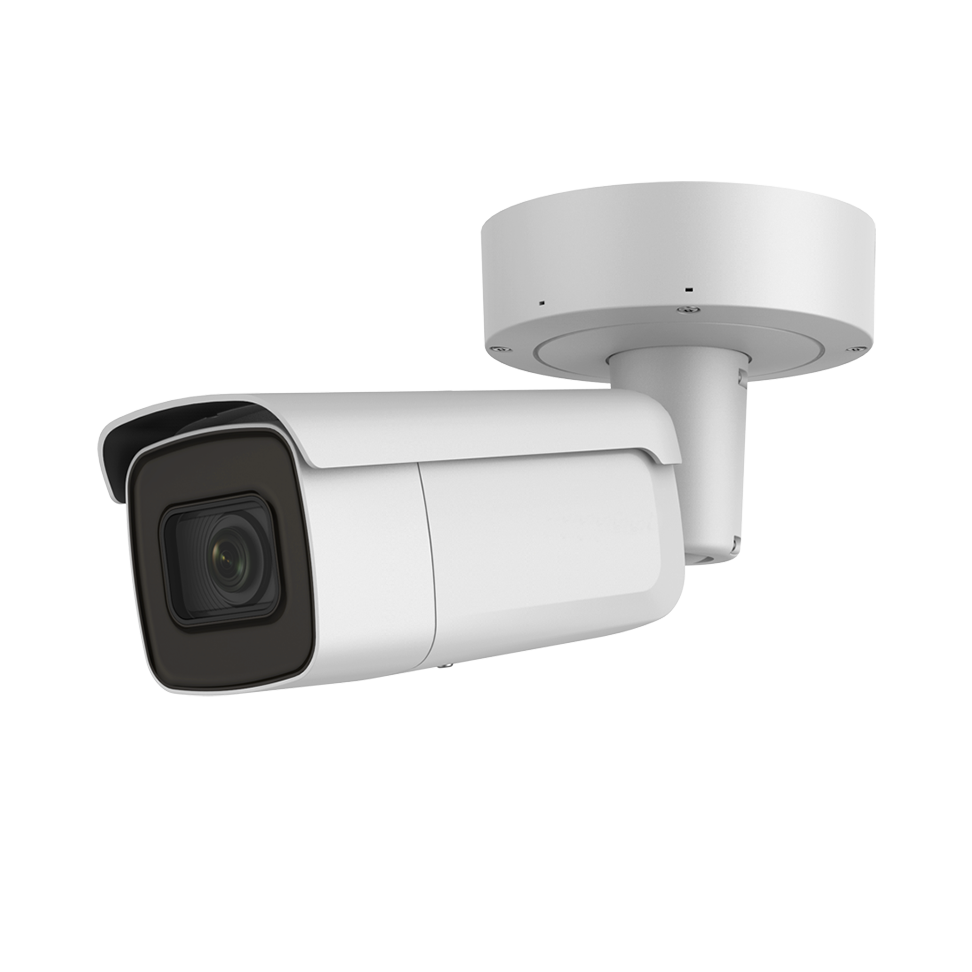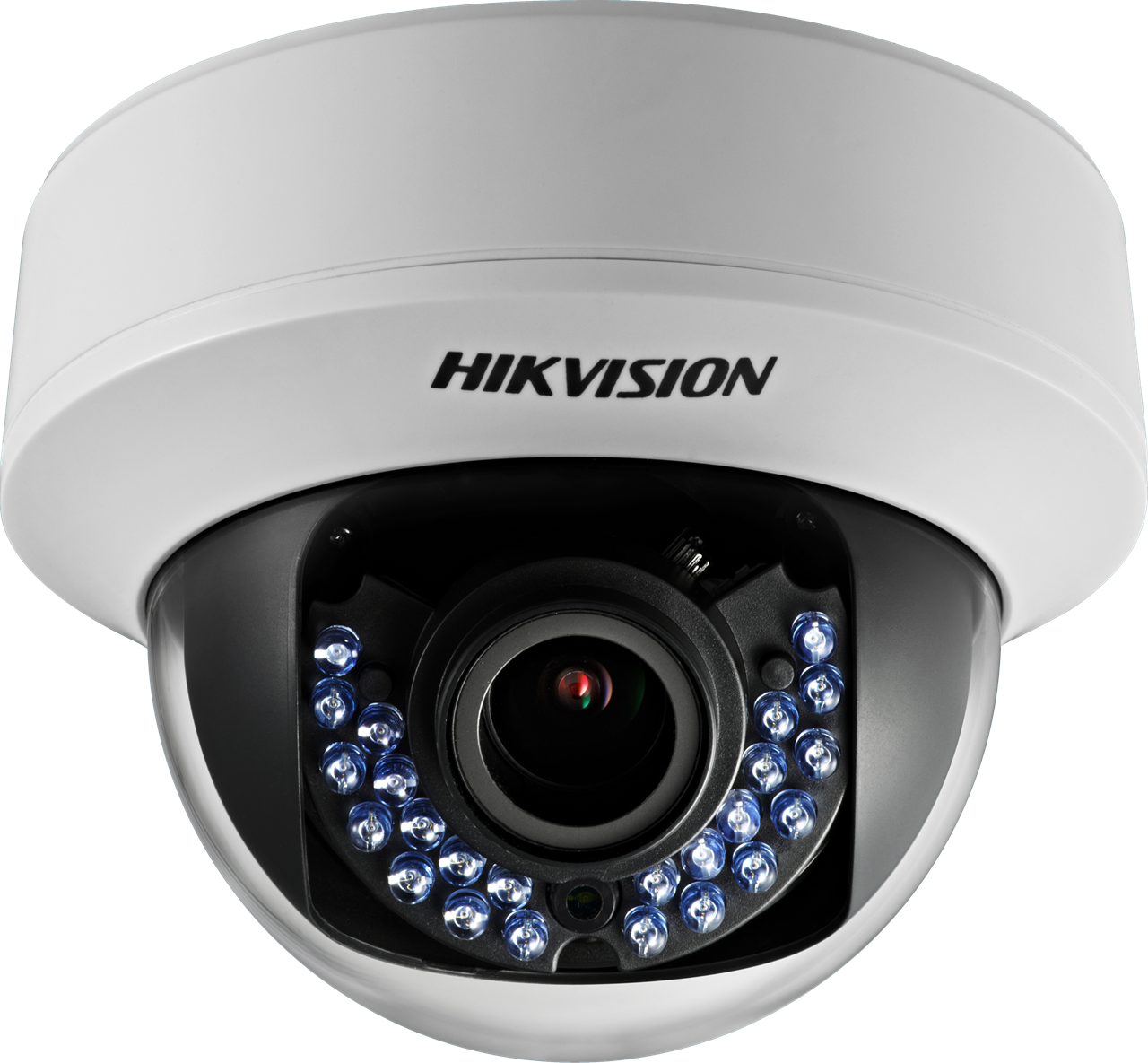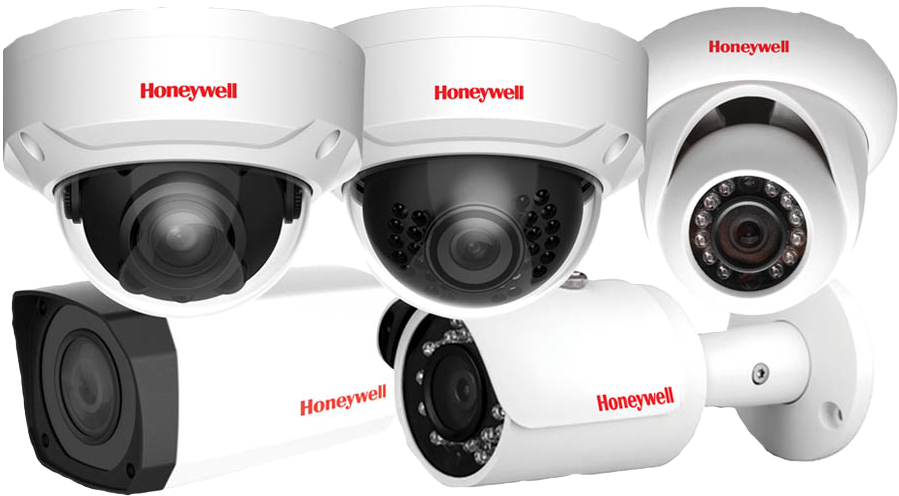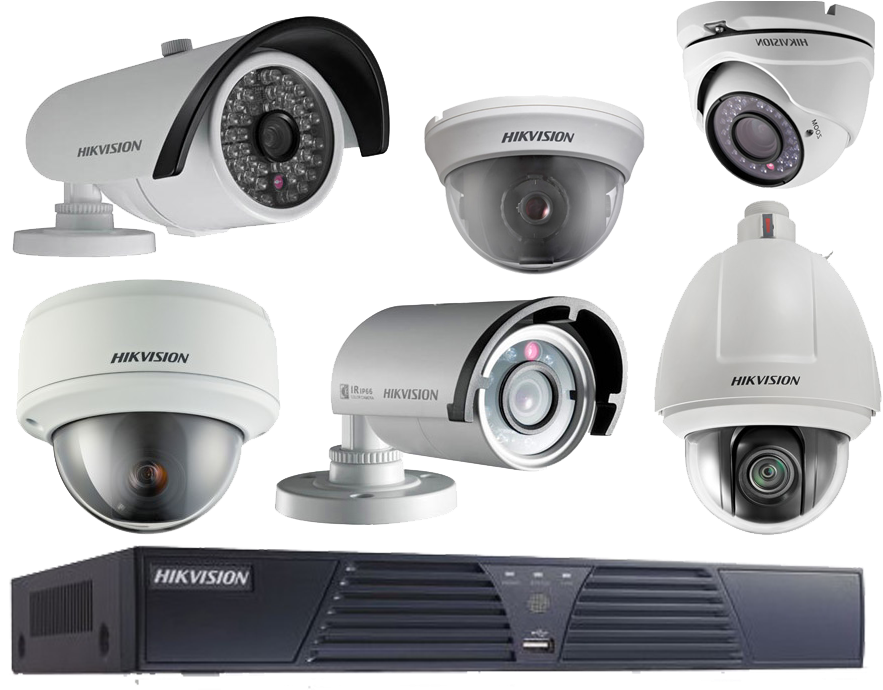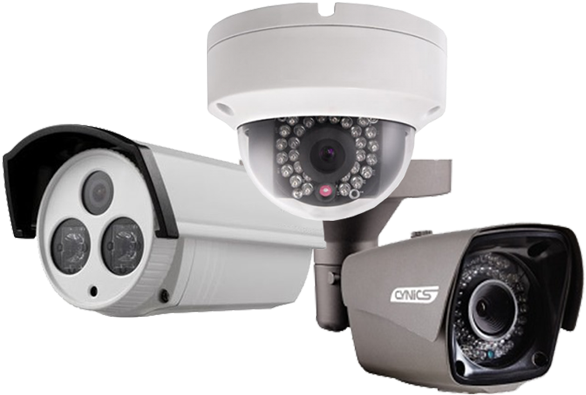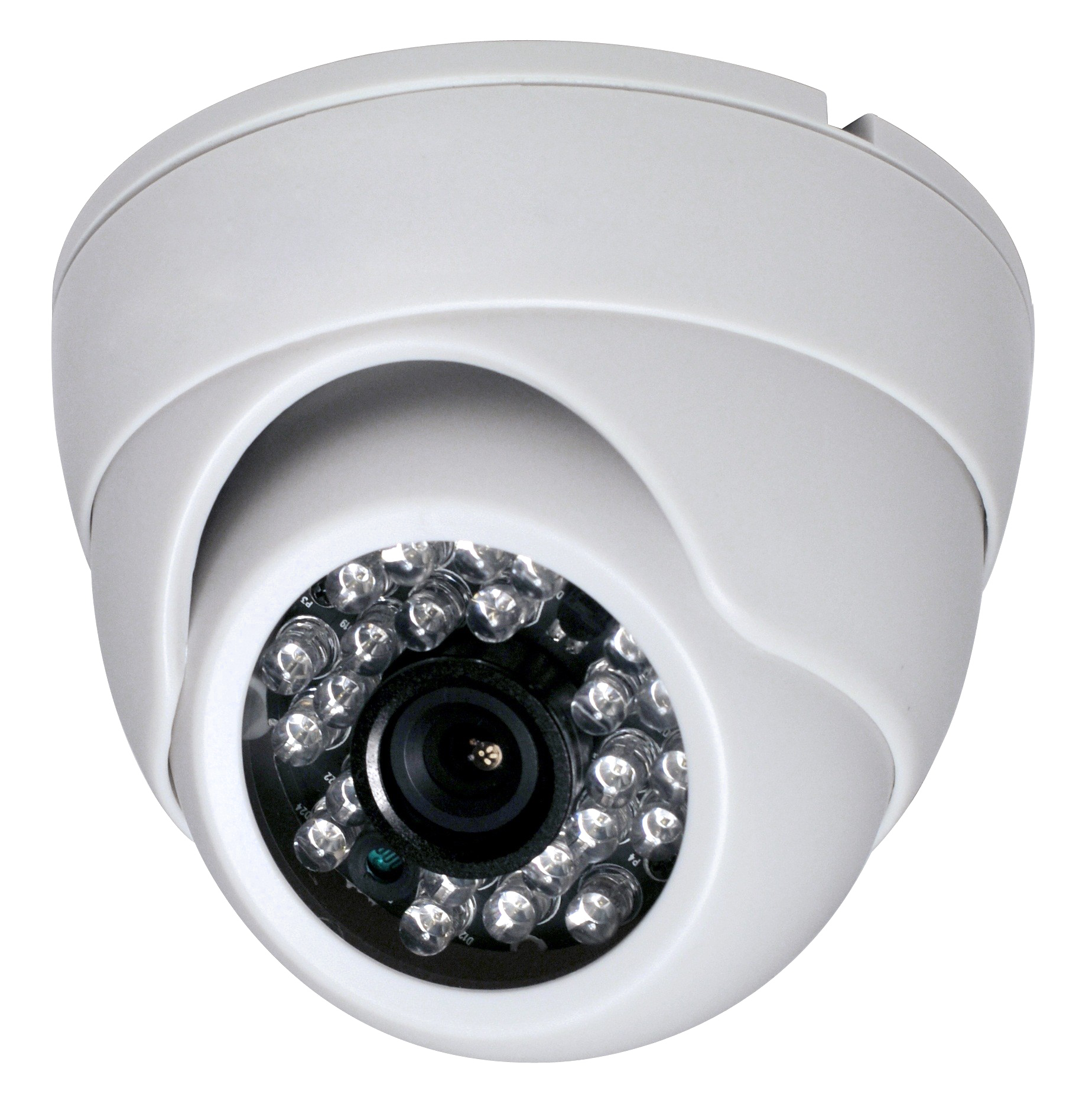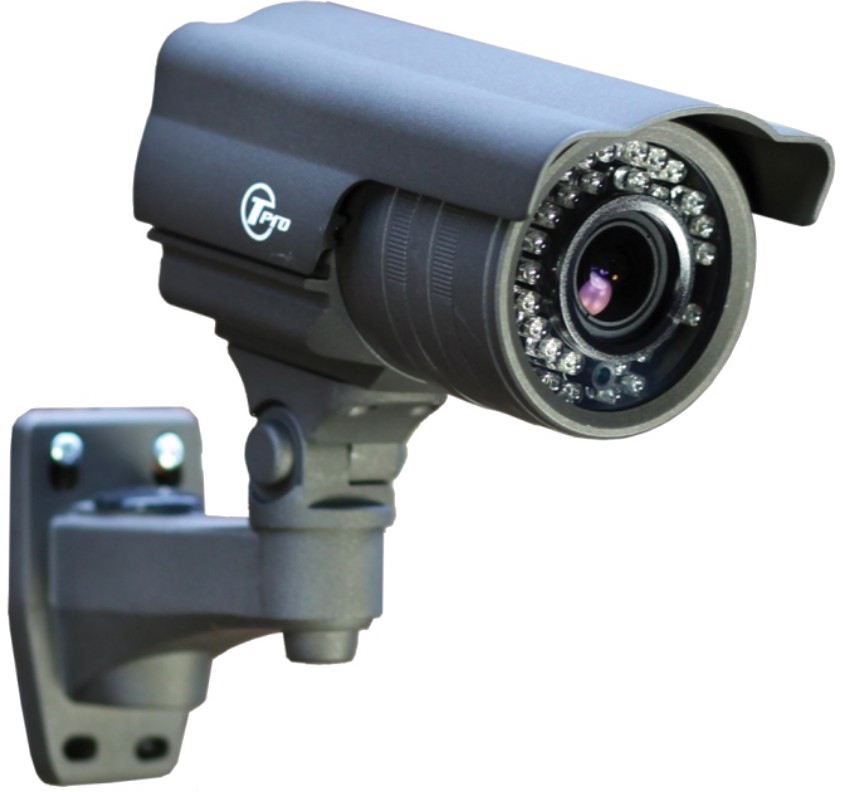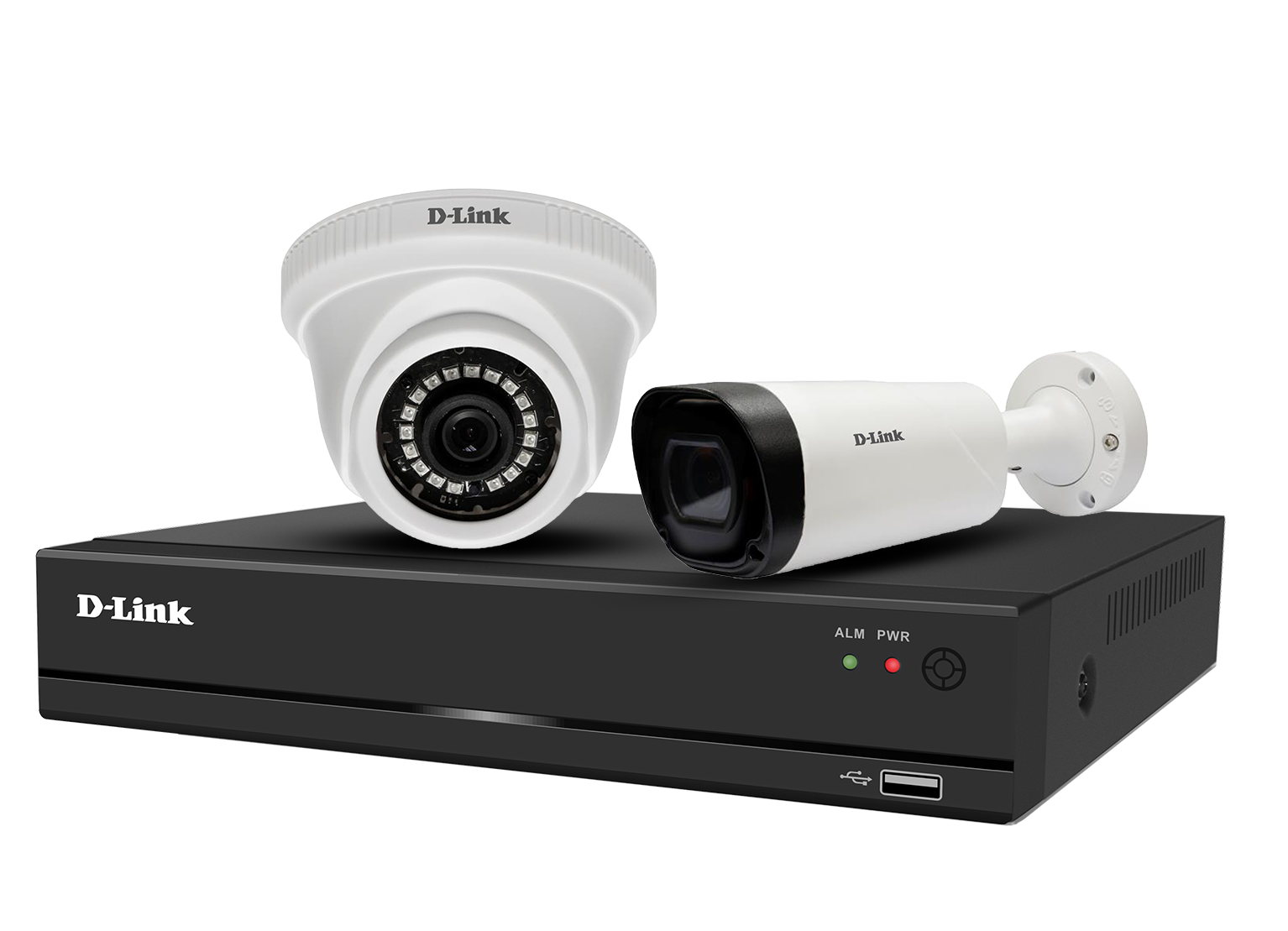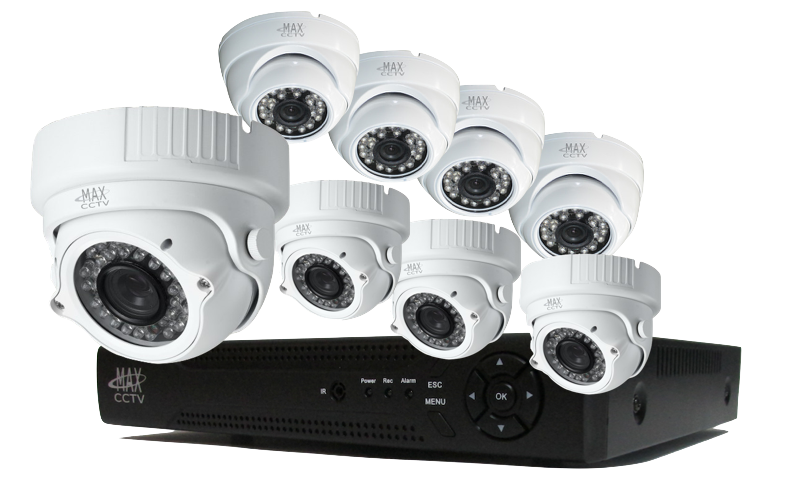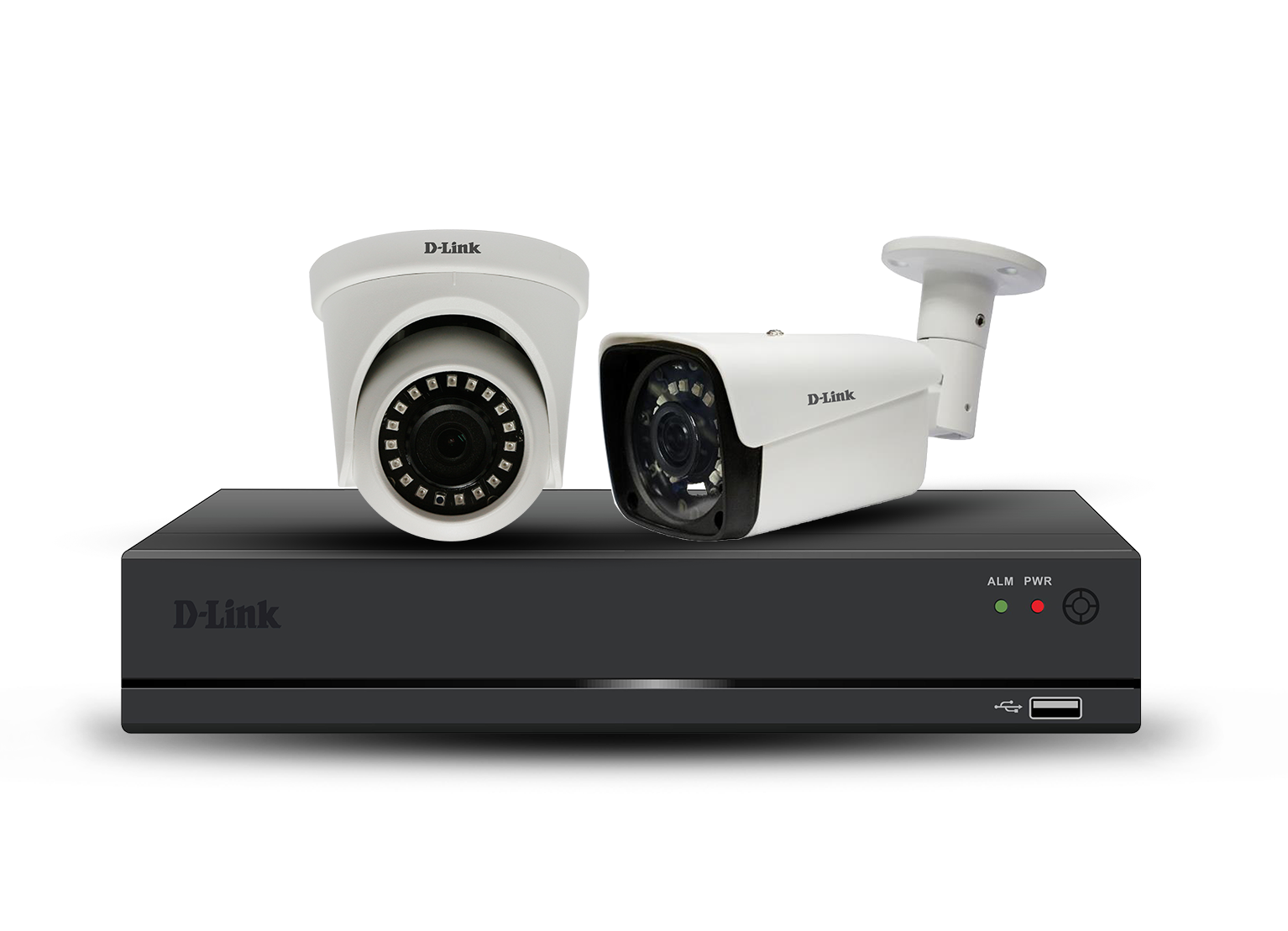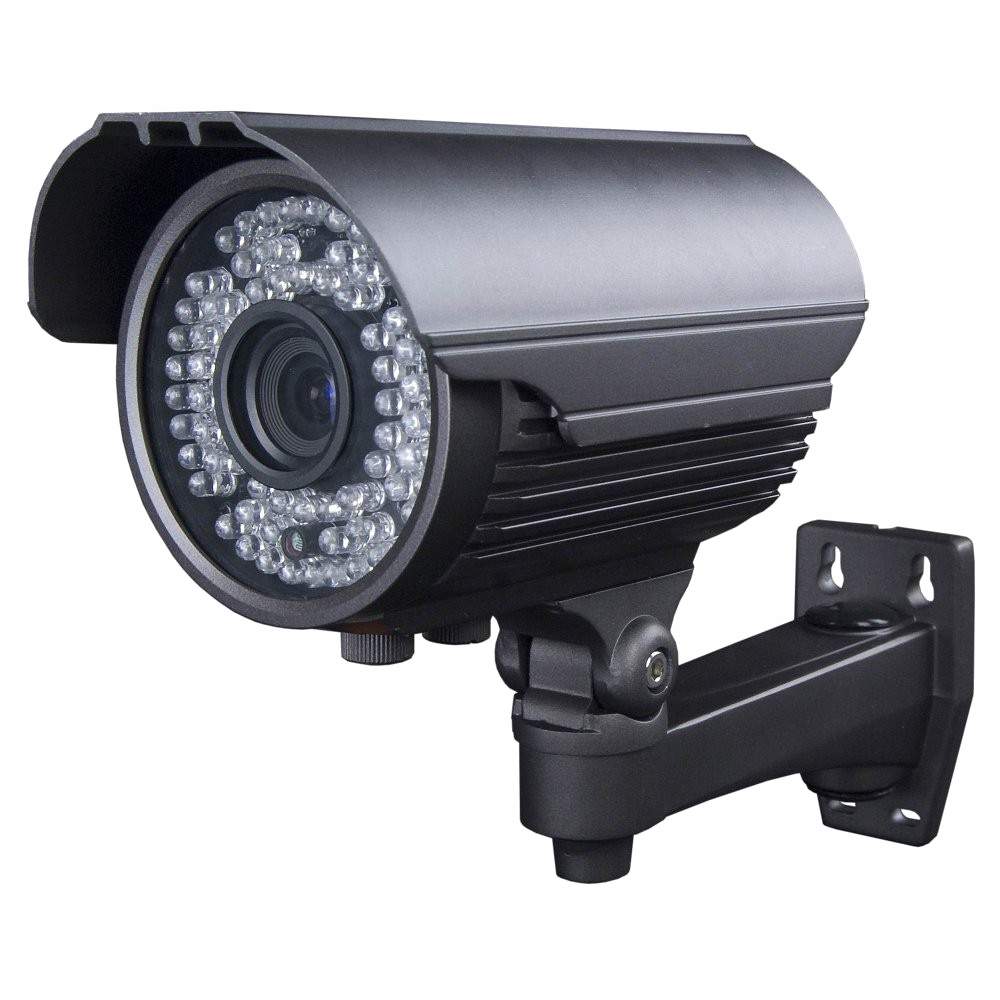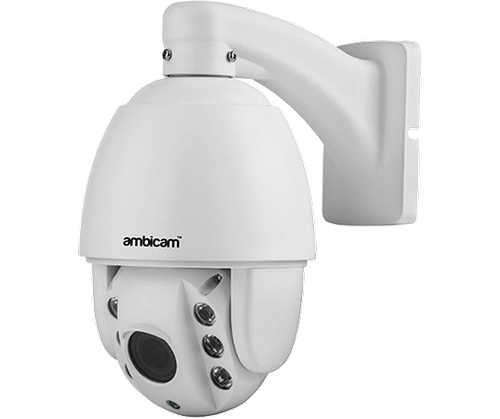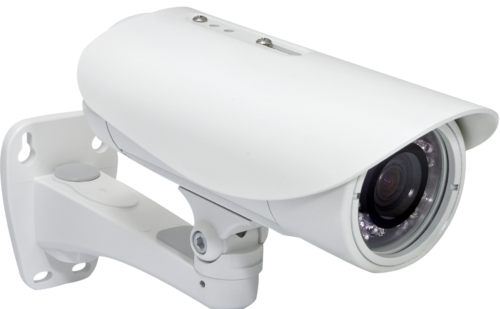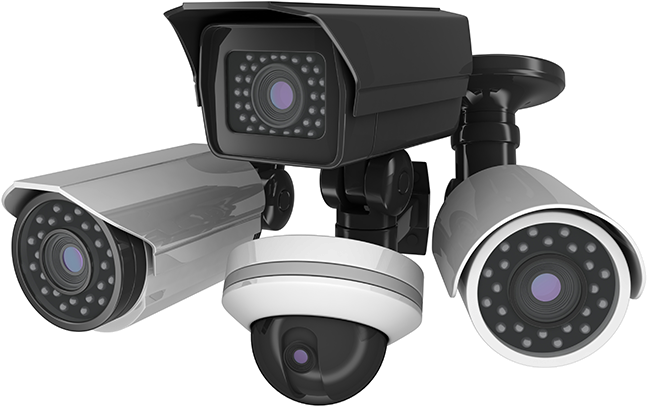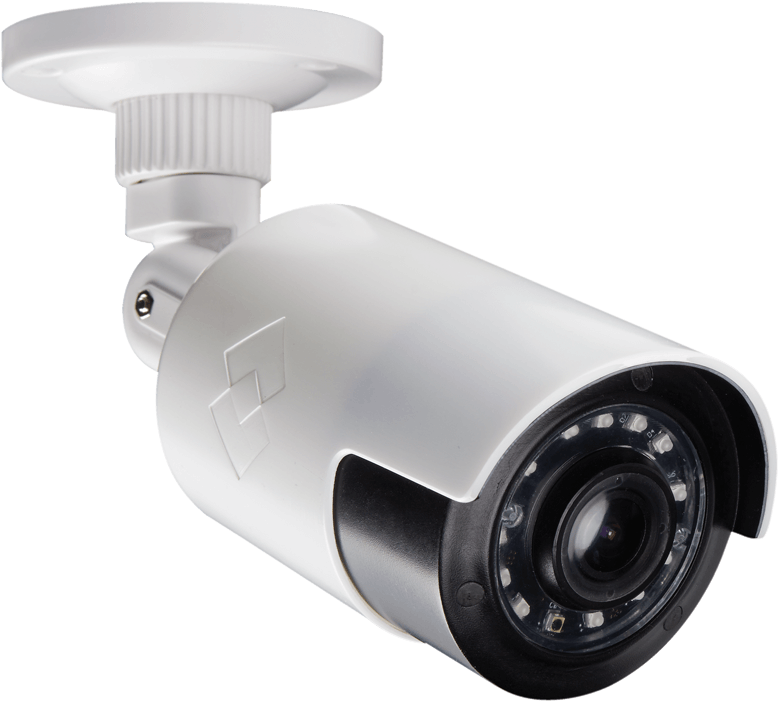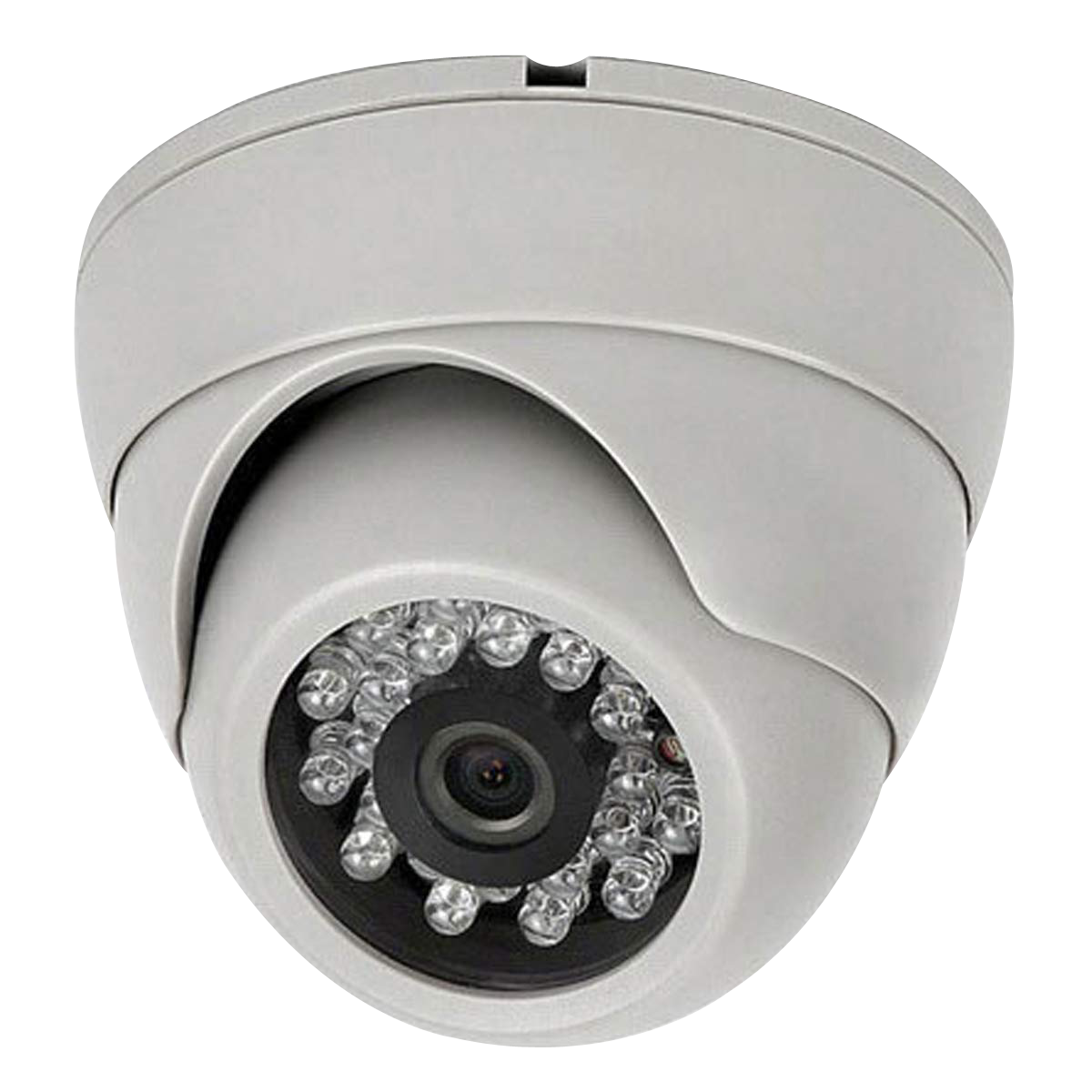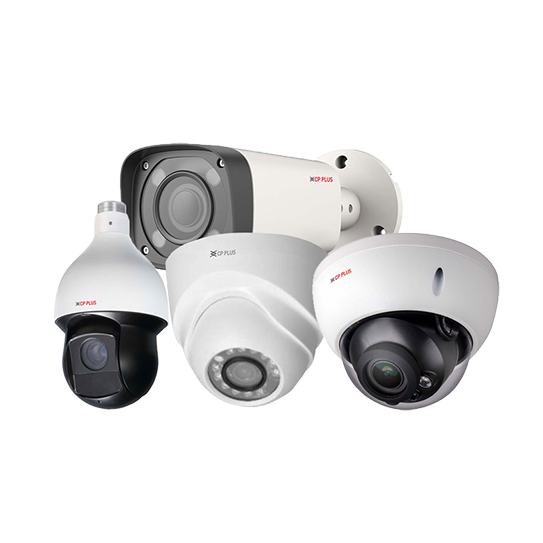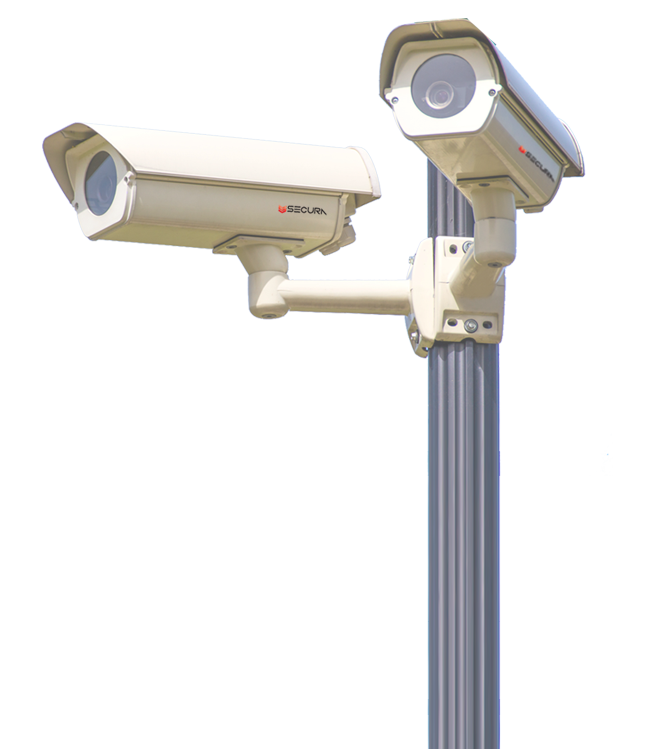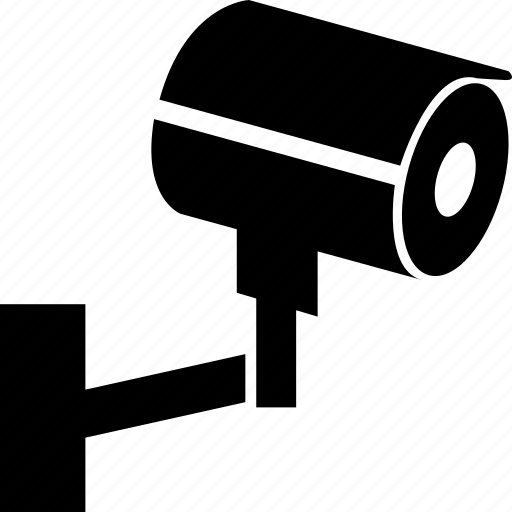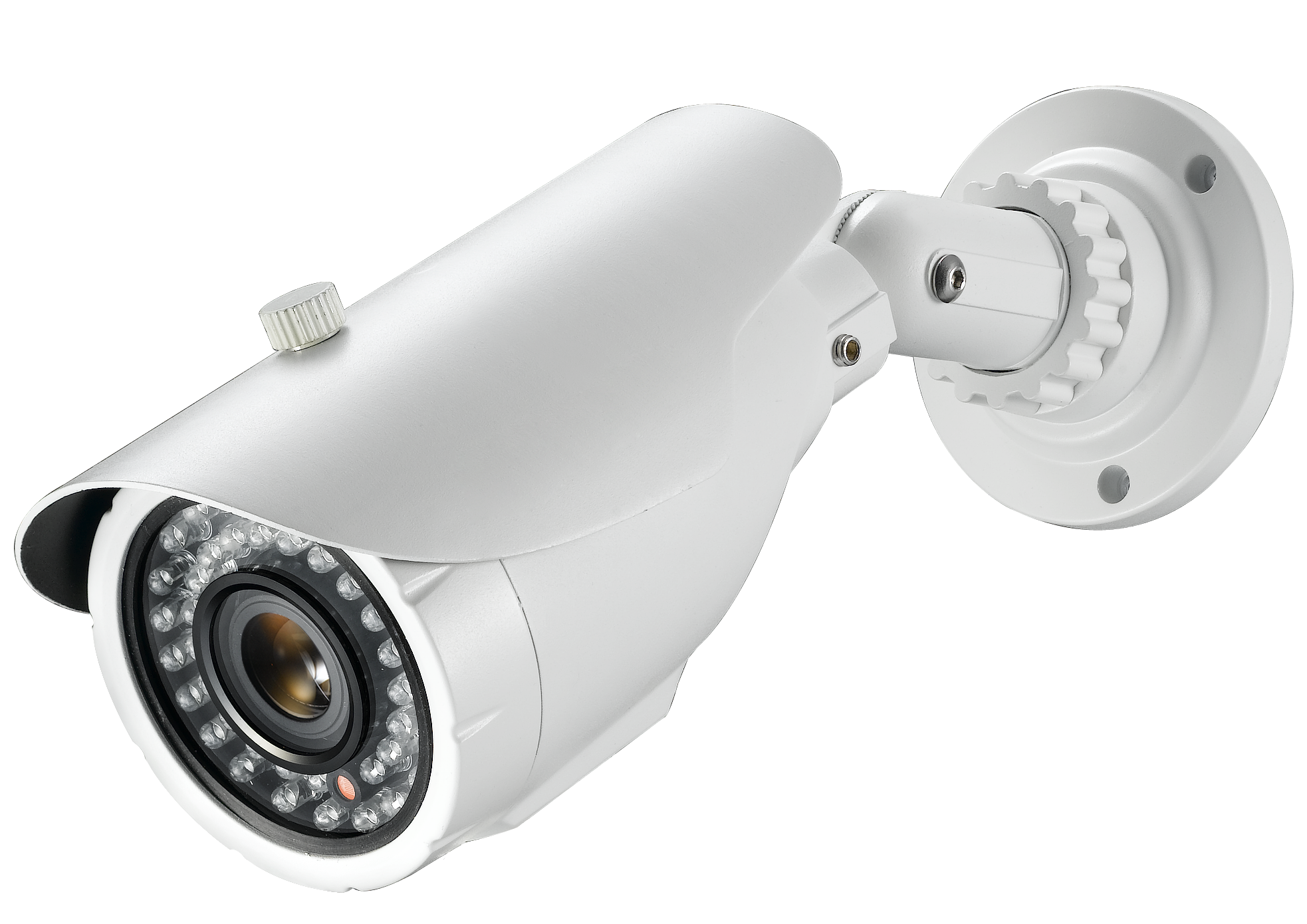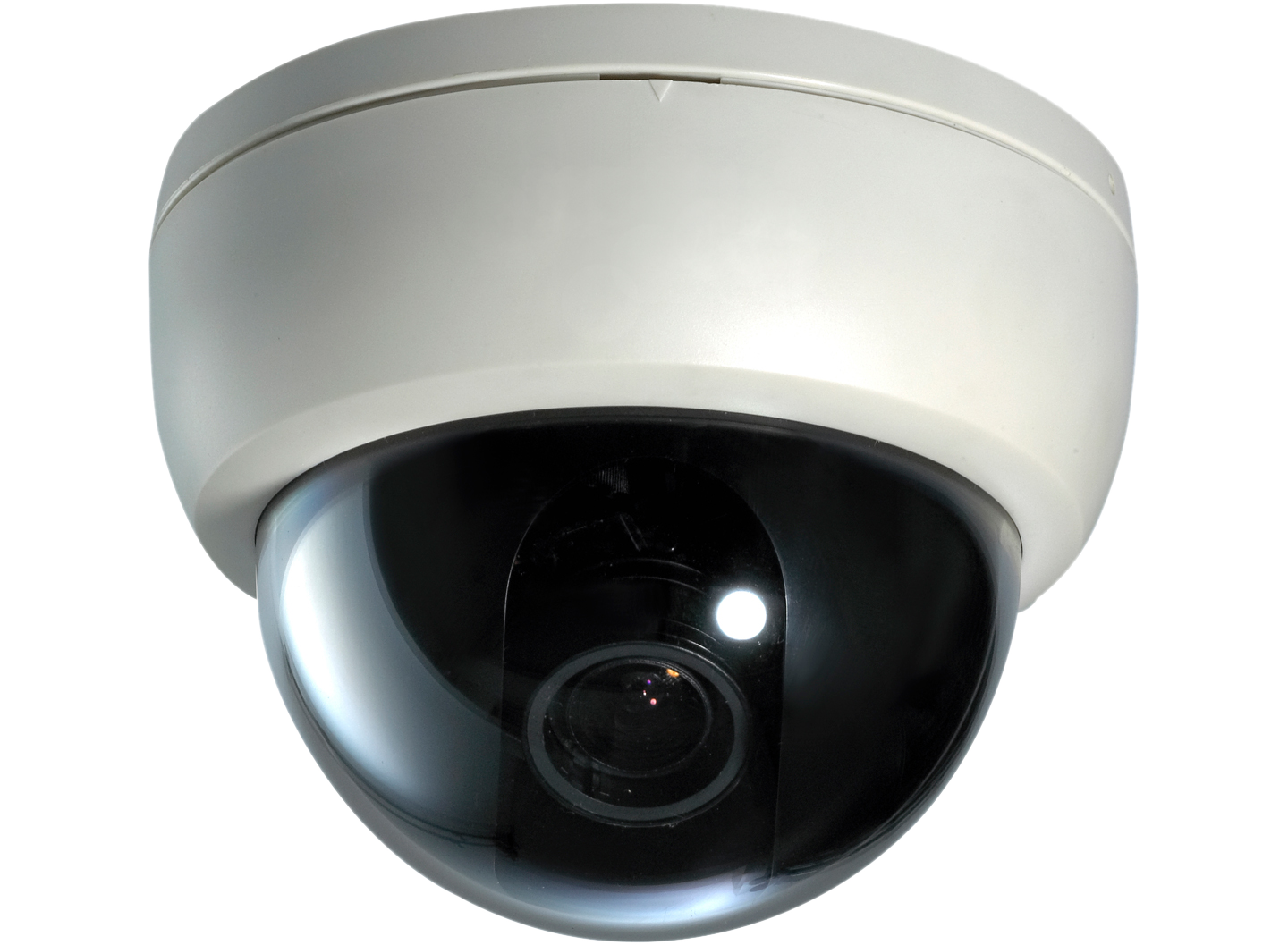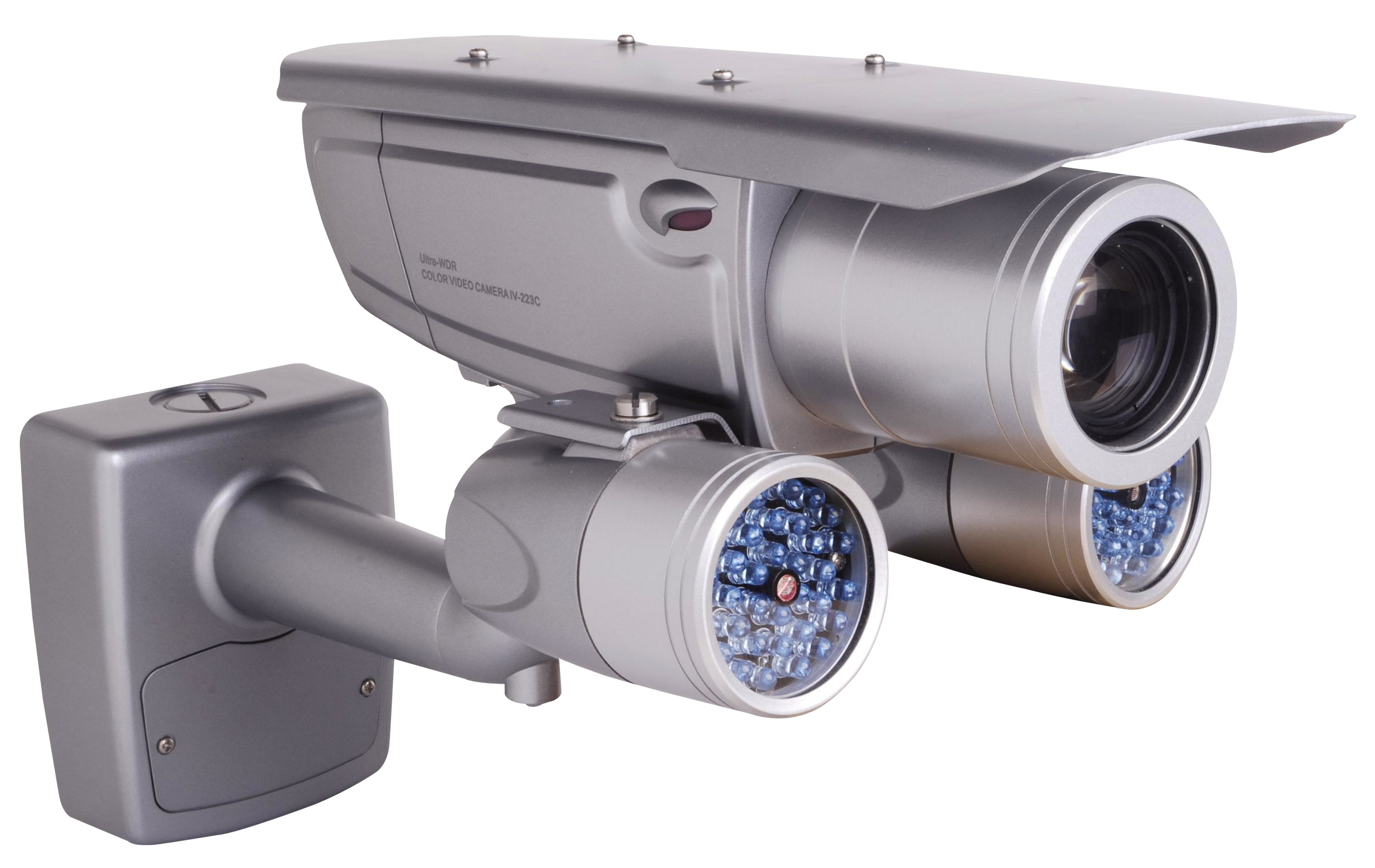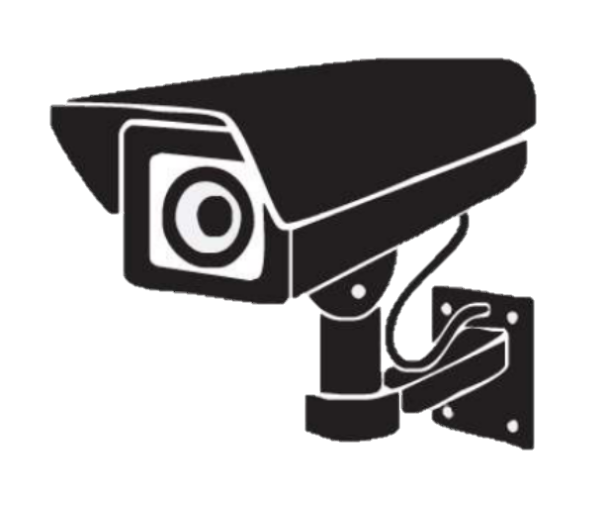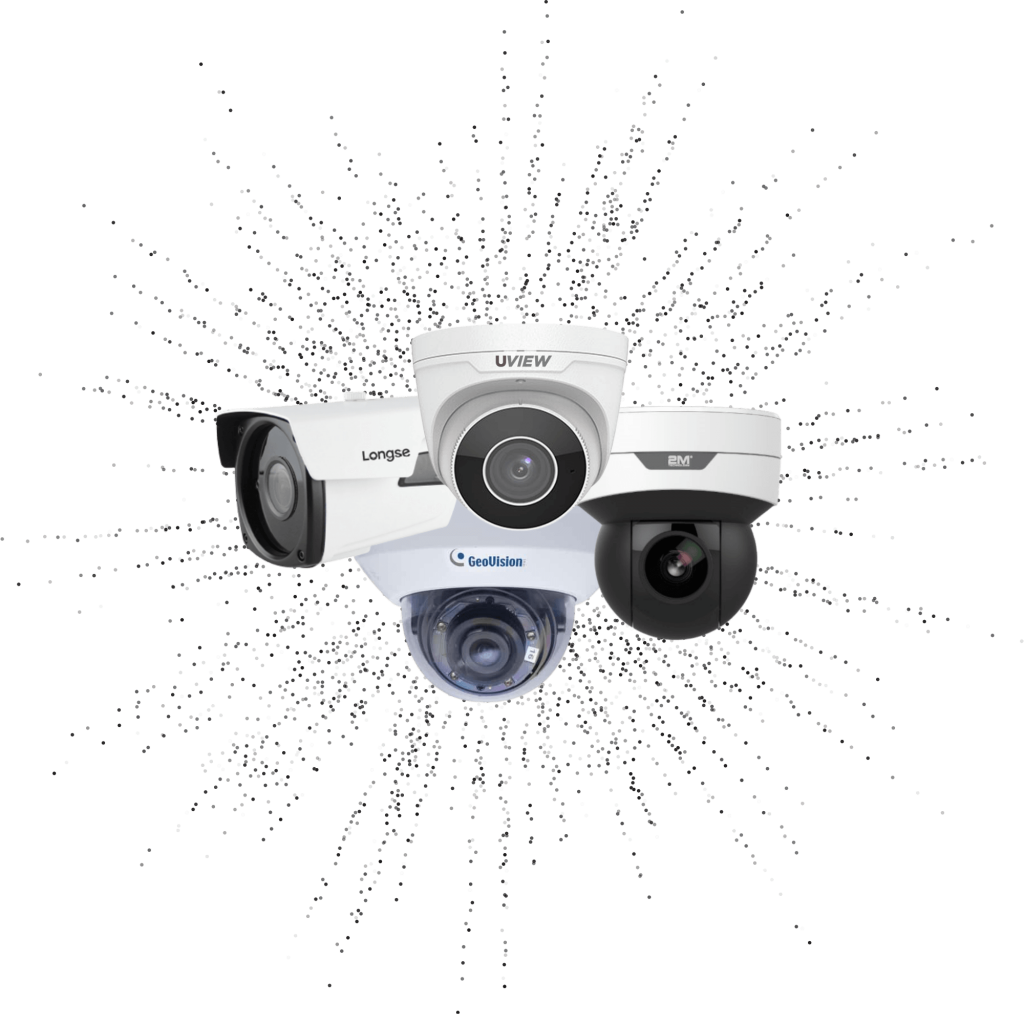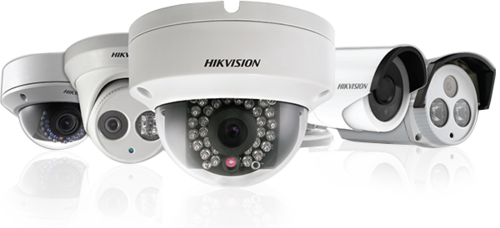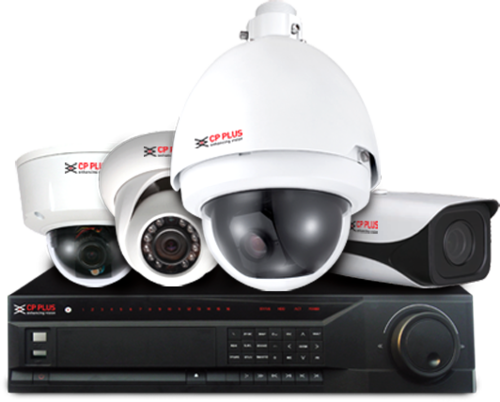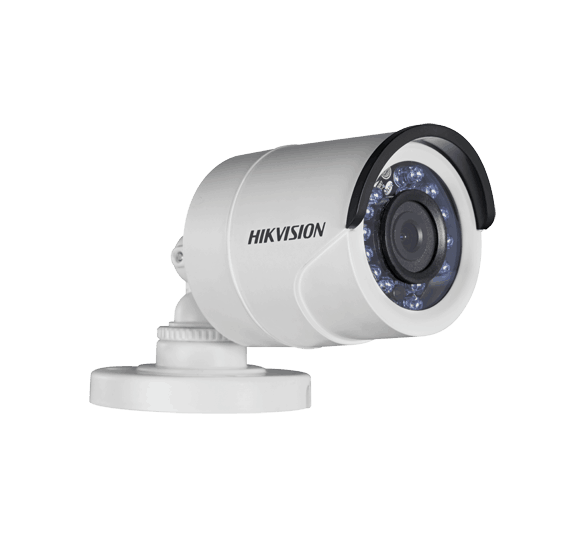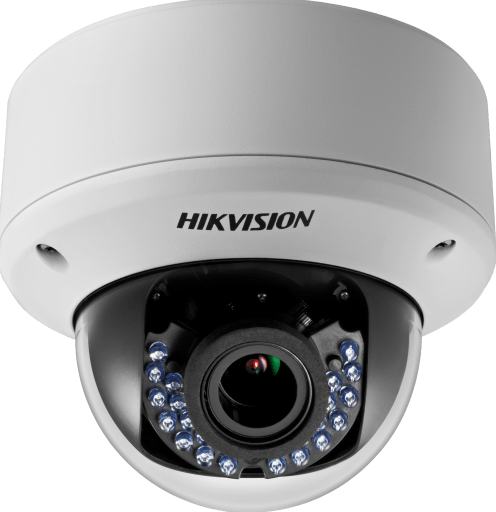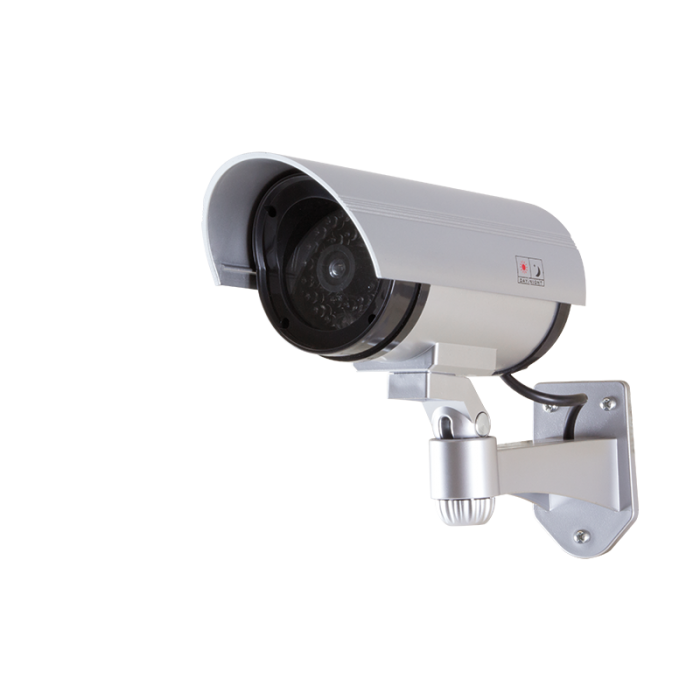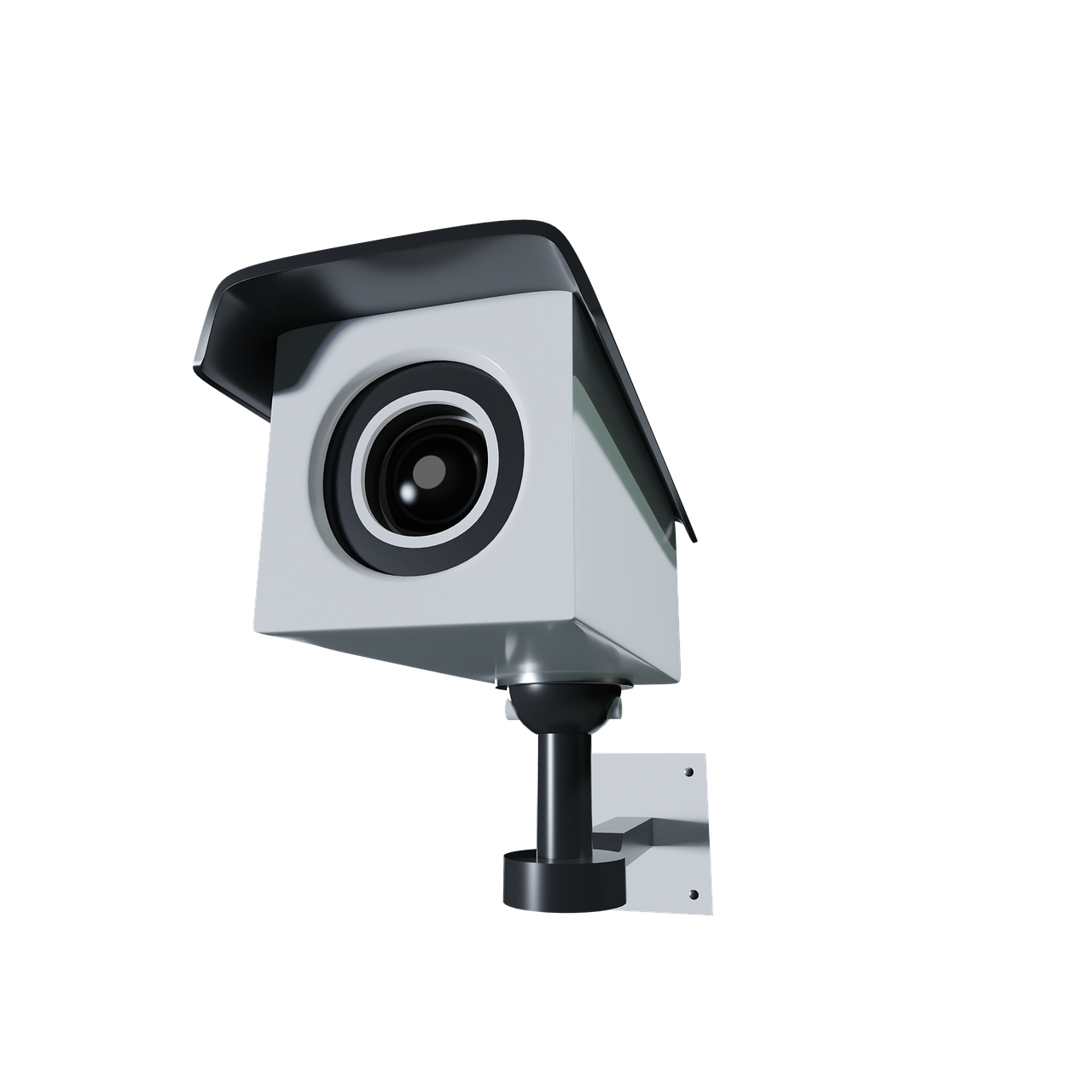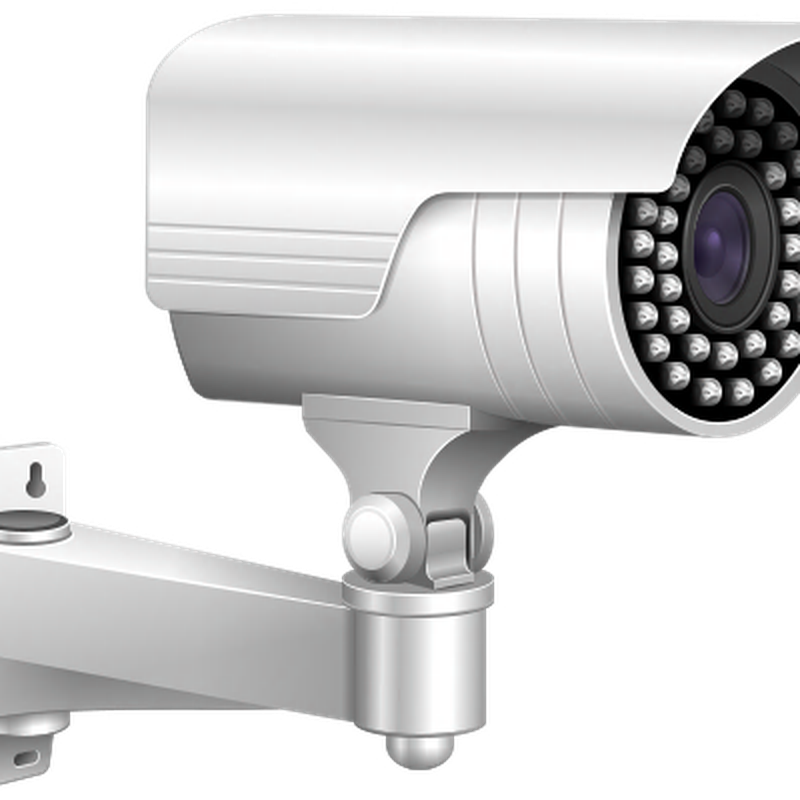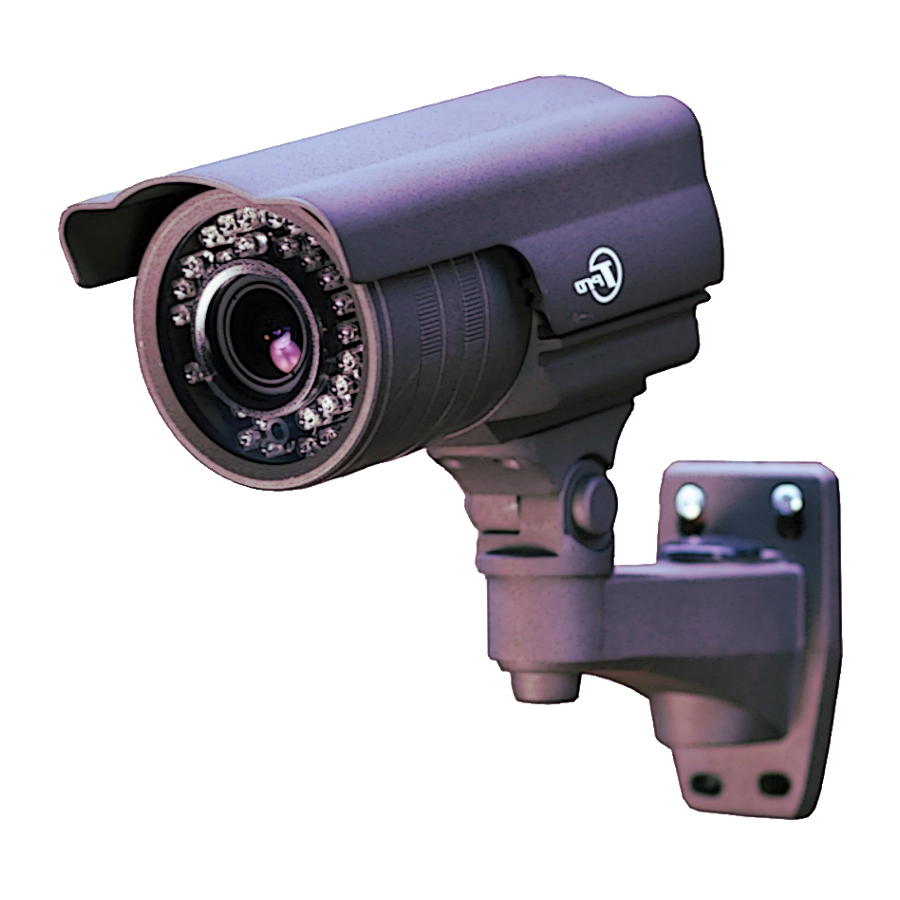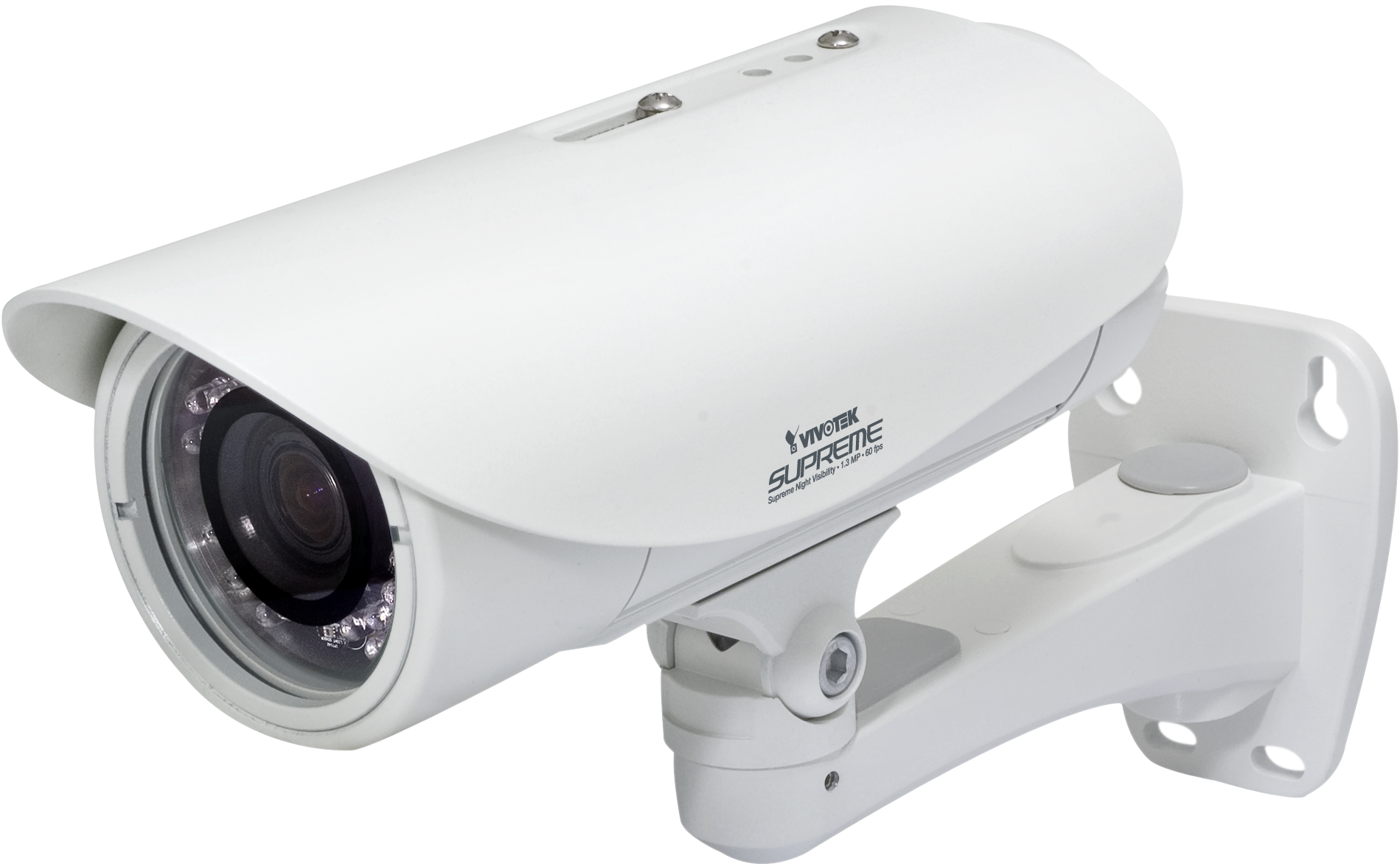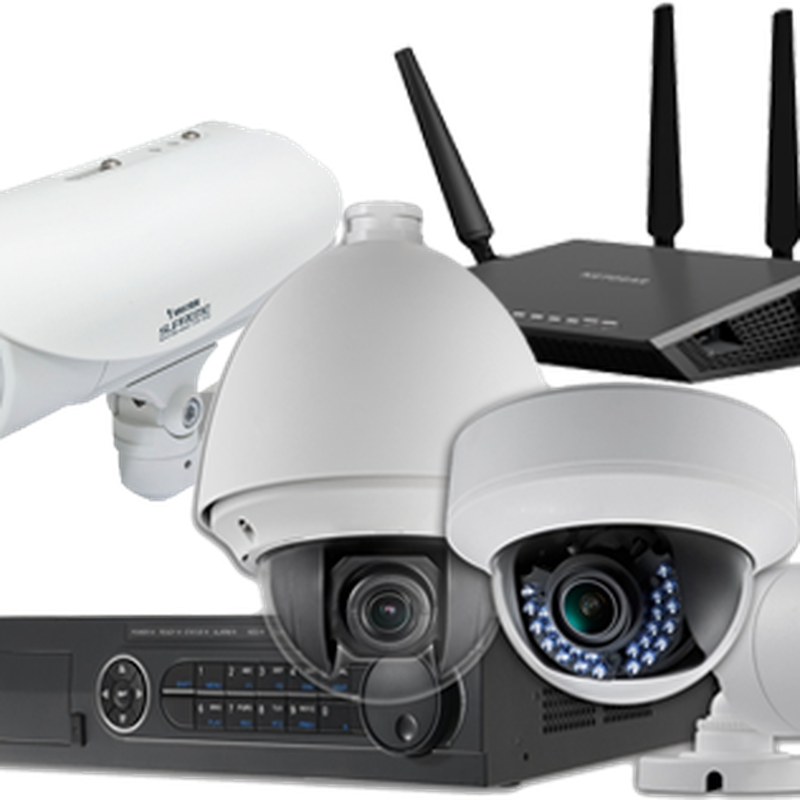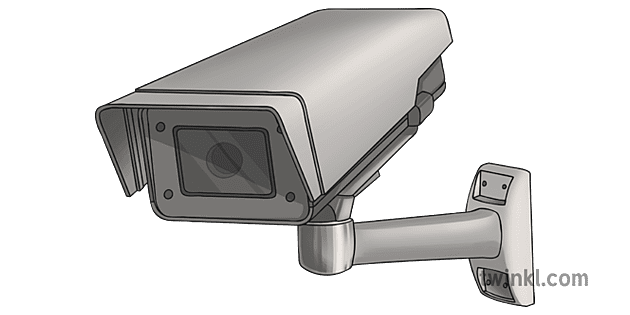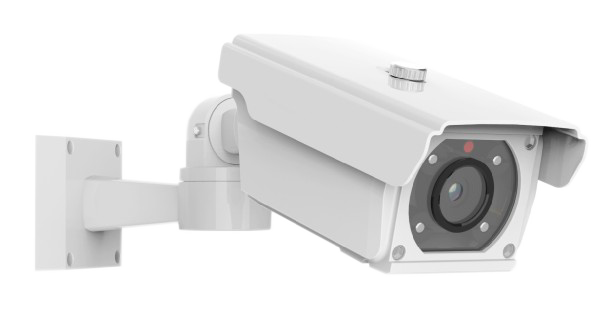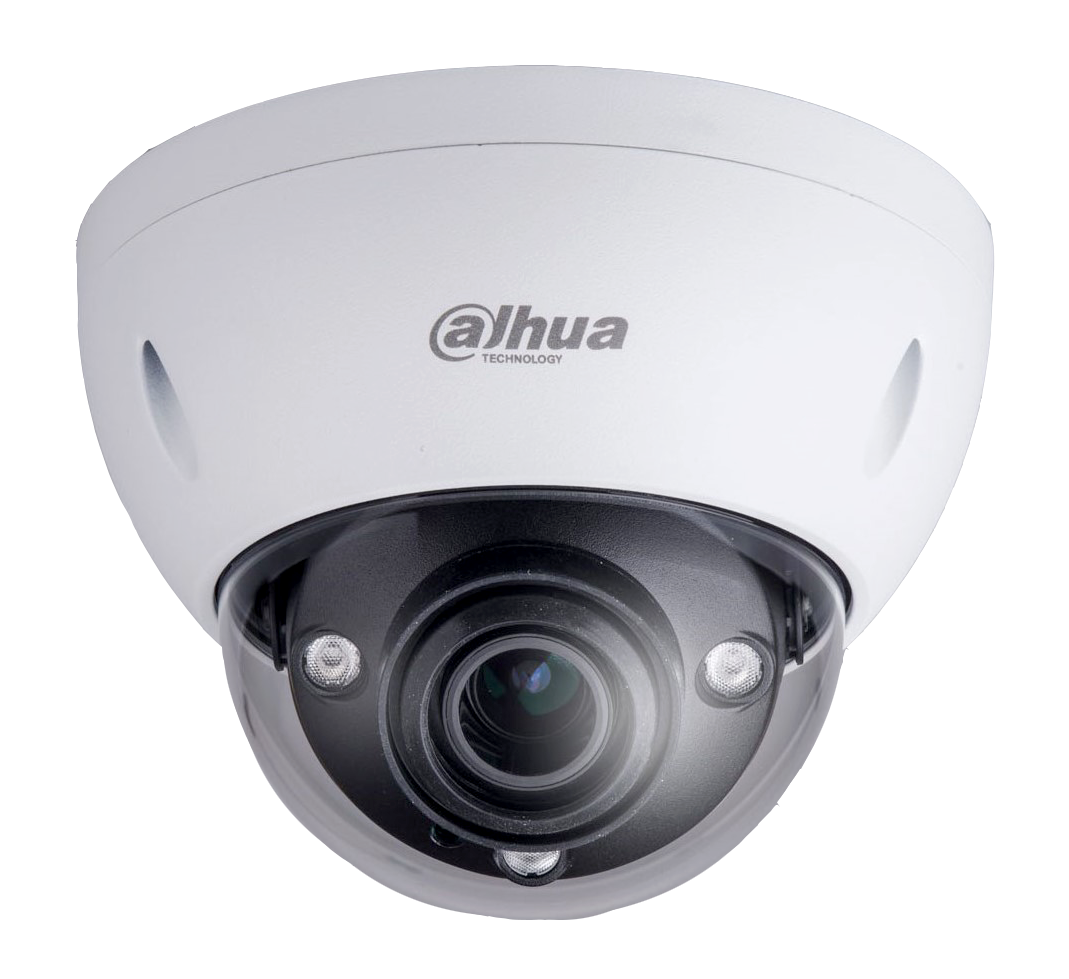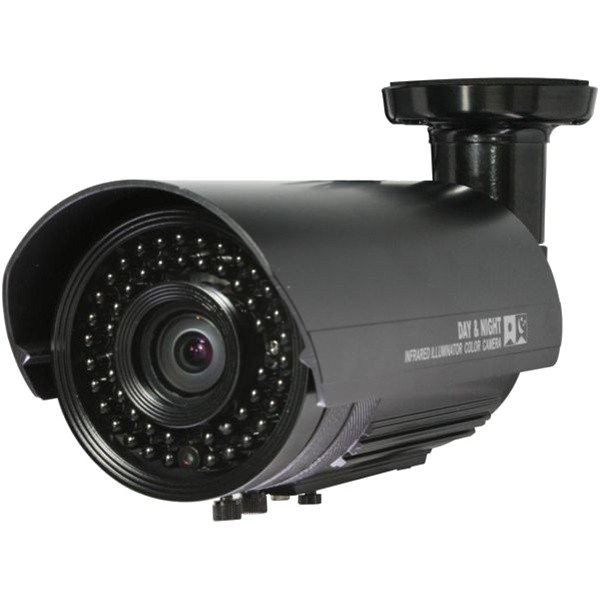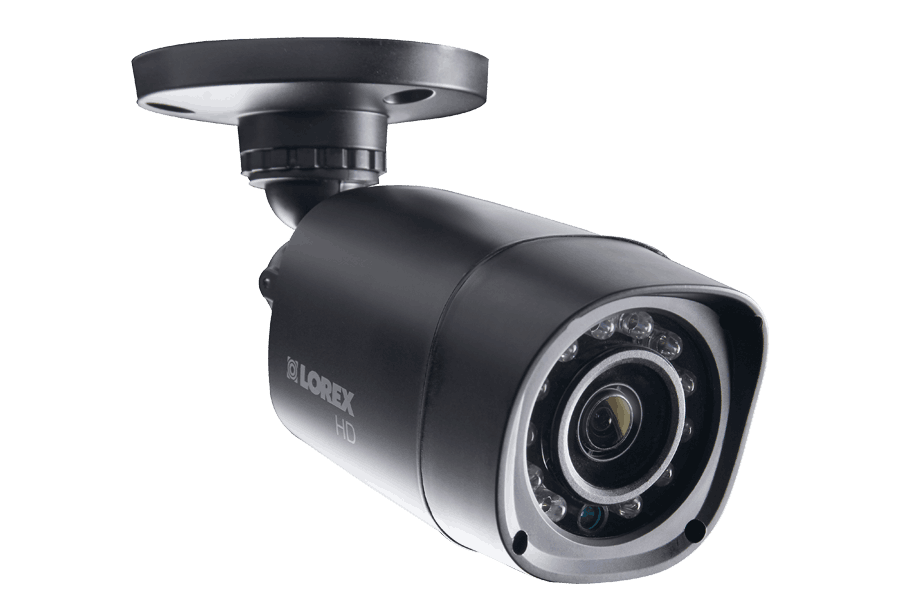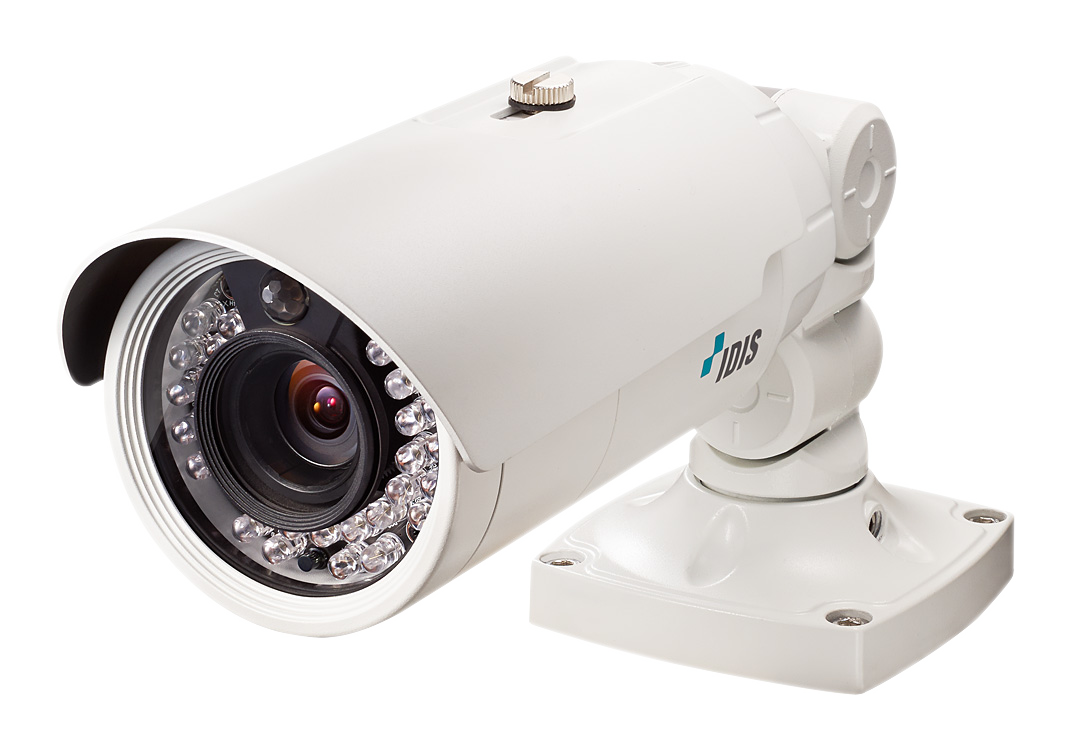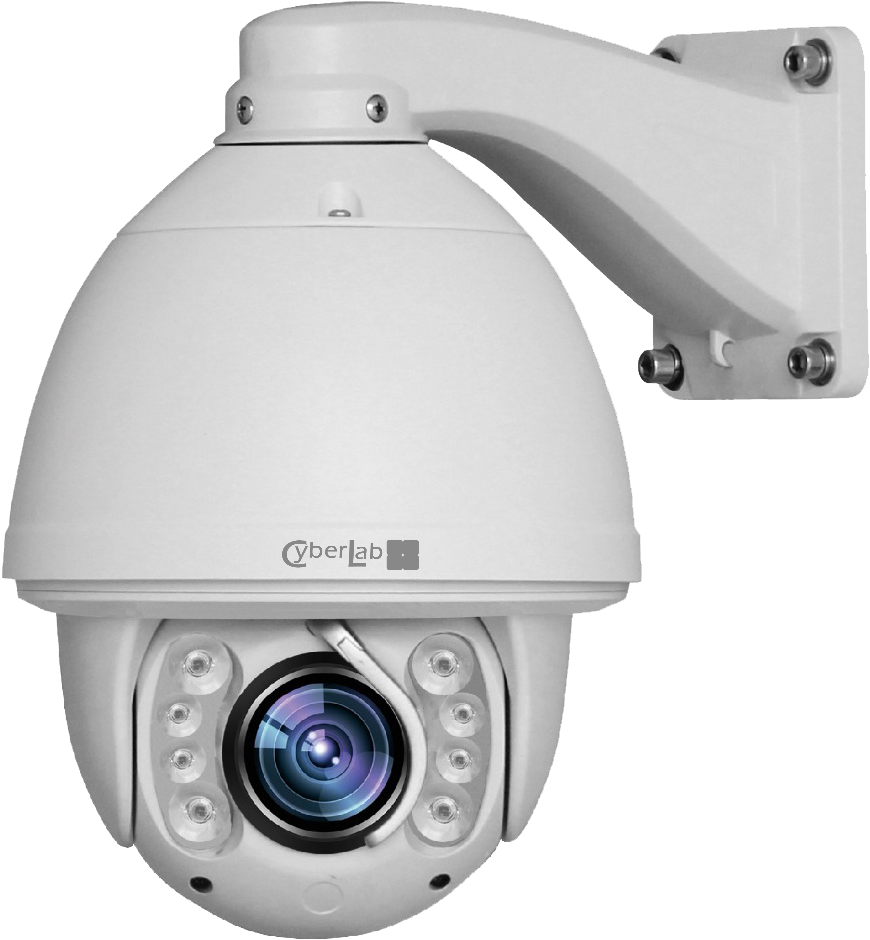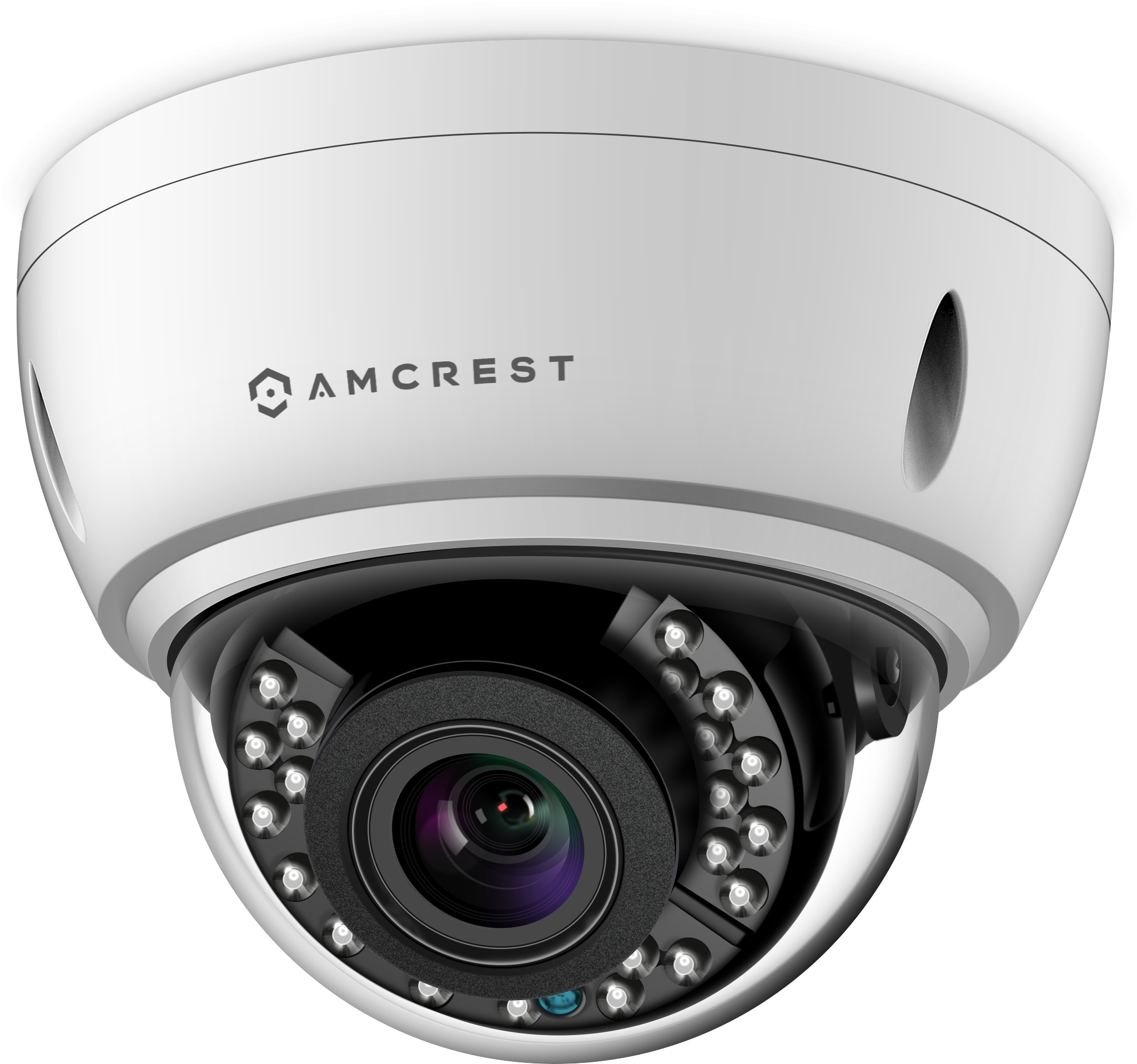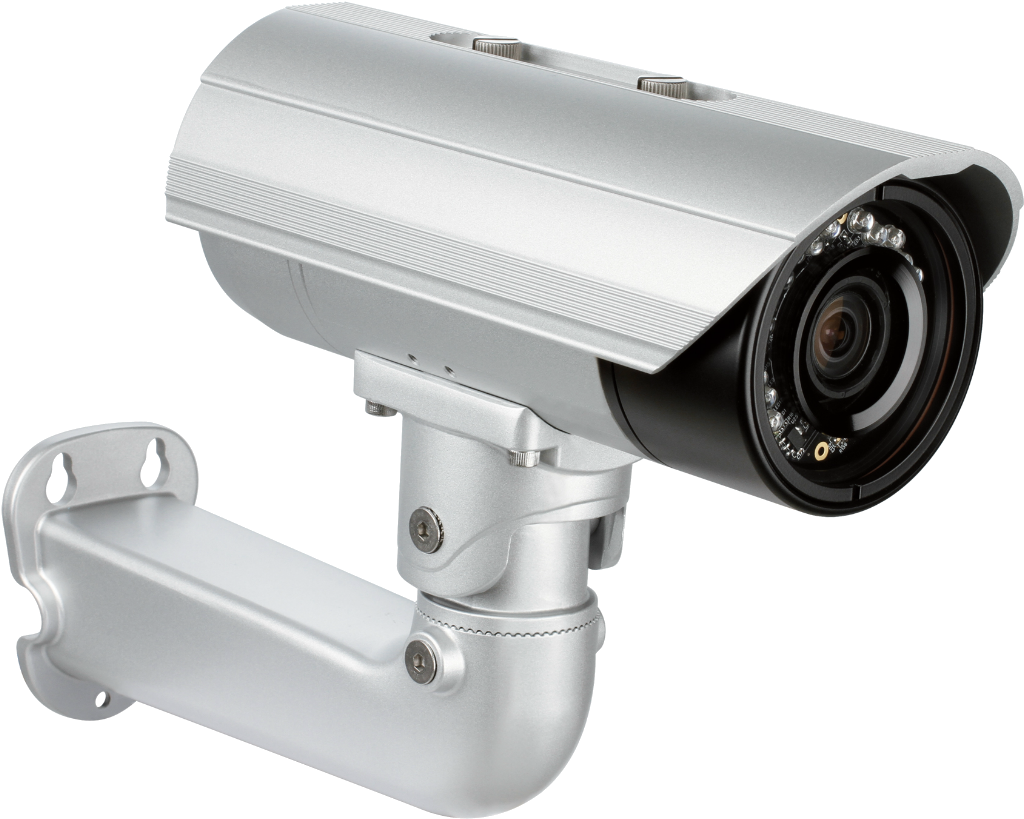Download top and best high-quality free CCTV Camera PNG Transparent Images backgrounds available in various sizes. To view the full PNG size resolution click on any of the below image thumbnail.
License Info: Creative Commons 4.0 BY-NC
Images or recordings from a closed–circuit television camera can be used for surveillance or other private reasons. Video cameras and digital stills cameras are also available. The CCTV camera was invented by Walter Bruch. A CCTV camera’s primary function is to capture light and transform it into a video stream. A CCD sensor is the heart of a CCTV camera (charge-coupled device). The CCD turns light into an electrical signal, which is subsequently converted into a video signal that may be recorded or projected on the screen via signal processing.
These cameras can record directly to a video tape recorder, which can capture analogue signals as images. If the analogue signals are recorded to tape, the tape must run at a very slow pace to keep the machine running continually. This is because a three-hour tape must be set to run at a slow time-lapse rate, generally about four frames per second, in order to run for 24 hours. The camera scene might drastically shift in a fraction of a second. For example, if a person walks one meter and the distance is split into four parts, i.e. four frames or “snapshots” in time, each picture would necessarily appear blurry unless the subject remains relatively motionless.
Analogue signals can also be converted to digital signals so that digital recordings can be saved on a computer. In such situation, the analogue video camera must be connected directly to a computer’s video capture card, which will convert the analogue signal to digital. These cards are inexpensive, but the generated digital signals must be compressed 5:1 (MPEG compression) in order for continuous video recordings to be stored.
A digital video recorder is another option for storing recordings on non-analogue media (DVR). A gadget like this functions similarly to a PC with a capture card and video recording software. For a medium to large number of analogue cameras, most DVRs built for CCTV purposes are embedded devices that require less maintenance and setup than a PC-based system.
Some DVRs also support digital video transmission, allowing them to function as a network camera. A video server is a device that allows video to be broadcast but does not enable it to be recorded. These gadgets convert any analogue camera (or any analogue video signal) into a network television.
Because these cameras employ a digital signal that can be stored straight to a computer, they do not require a video capture card. The signal is compressed 5:1, however further compression can be used to obtain DVD quality (MPEG-2 is standard for DVD-video, and has a higher compression ratio than 5:1, with a slightly lower video quality than 5:1 at best, and is adjustable for the amount of space to be taken up versus the quality of picture needed or desired). DVD’s greatest visual quality is just somewhat inferior to that of basic 5:1-compression DV.
Uncompressed digital recordings use up a lot of hard drive space, and even a few hours of uncompressed video may quickly fill up a disk. Uncompressed holiday recordings may appear nice, but uncompressed quality recordings cannot be played continuously. As a result, motion detection is sometimes employed as a workaround to record in uncompressed quality.
However, the quality will be poor in any situation where standard-definition video cameras are used, because the image chips in most of these devices have a maximum pixel resolution of 320,000 pixels (analogue quality is measured in TV lines, but the results are the same); they capture horizontal and vertical fields of lines and blend them together to make a single frame; the maximum frame rate is normally 30 frames per second.
Despite this, multi-megapixel IP-CCTV cameras are on the horizon. Although they are still rather pricey, they can record video pictures with resolutions of 1, 2, 3, 5, and even 11 Mpix. Details such as number plates are plainly viewable, unlike with analogue cameras. Images of forensic quality are created at 11 Mpix, allowing each hand on a person to be recognized. Because these cameras have significantly greater resolutions, they can be set up to cover a large area when formerly numerous analogue cameras would have been required.
TelView announced the world’s largest digital CCTV camera, a scaled-up ST 205 CCTV camera, on July 10th, 2011. Its dimensions are 1.7 meters by 4.56 meters by 1.6 meters, with a sensitivity of 0.01 lux.
Download CCTV Camera PNG images transparent gallery.
- CCTV Camera System PNG Images
Resolution: 512 × 391
Size: 115 KB
Image Format: .png
Download
- CCTV Camera System PNG Photos
Resolution: 512 × 512
Size: 107 KB
Image Format: .png
Download
- CCTV Camera System Transparent
Resolution: 1000 × 1000
Size: 456 KB
Image Format: .png
Download
- CCTV Camera System PNG Clipart
Resolution: 972 × 972
Size: 195 KB
Image Format: .png
Download
- CCTV Camera Surveillance PNG
Resolution: 1280 × 1185
Size: 1306 KB
Image Format: .png
Download
- New Folder PNG Images
Resolution: 899 × 496
Size: 305 KB
Image Format: .png
Download
- New Folder PNG Photos
Resolution: 883 × 690
Size: 521 KB
Image Format: .png
Download
- New Folder Transparent
Resolution: 586 × 395
Size: 224 KB
Image Format: .png
Download
- CCTV Camera Surveillance PNG Pic
Resolution: 1848 × 1864
Size: 2881 KB
Image Format: .png
Download
- New Folder PNG Clipart
Resolution: 843 × 792
Size: 403 KB
Image Format: .png
Download
- CCTV Camera Transparent
Resolution: 1534 × 1109
Size: 420 KB
Image Format: .png
Download
- CCTV Camera System PNG Picture
Resolution: 804 × 497
Size: 379 KB
Image Format: .png
Download
- CCTV Camera PNG Clipart
Resolution: 1534 × 1109
Size: 380 KB
Image Format: .png
Download
- New Folder PNG Picture
Resolution: 1000 × 1000
Size: 663 KB
Image Format: .png
Download
- New Folder PNG HD Image
Resolution: 500 × 419
Size: 103 KB
Image Format: .png
Download
- New Folder PNG Image HD
Resolution: 500 × 309
Size: 148 KB
Image Format: .png
Download
- New Folder No Background
Resolution: 647 × 406
Size: 180 KB
Image Format: .png
Download
- New Folder PNG
Resolution: 778 × 701
Size: 186 KB
Image Format: .png
Download
- CCTV Camera PNG Picture
Resolution: 1200 × 1200
Size: 506 KB
Image Format: .png
Download
- New Folder PNG Pic
Resolution: 543 × 543
Size: 124 KB
Image Format: .png
Download
- CCTV Camera System PNG HD Image
Resolution: 663 × 749
Size: 207 KB
Image Format: .png
Download
- New Folder PNG File
Resolution: 512 × 512
Size: 16 KB
Image Format: .png
Download
- CCTV Camera PNG HD Image
Resolution: 1966 × 1390
Size: 2072 KB
Image Format: .png
Download
- CCTV Camera PNG Image HD
Resolution: 1440 × 1057
Size: 1110 KB
Image Format: .png
Download
- CCTV Camera No Background
Resolution: 2500 × 1578
Size: 2022 KB
Image Format: .png
Download
- CCTV Camera PNG
Resolution: 608 × 506
Size: 112 KB
Image Format: .png
Download
- CCTV Camera PNG Pic
Resolution: 1024 × 1024
Size: 442 KB
Image Format: .png
Download
- CCTV Camera System PNG
Resolution: 500 × 228
Size: 189 KB
Image Format: .png
Download
- CCTV Camera PNG File
Resolution: 500 × 402
Size: 235 KB
Image Format: .png
Download
- New Folder PNG Image
Resolution: 587 × 545
Size: 27 KB
Image Format: .png
Download
- CCTV Camera PNG Image
Resolution: 496 × 512
Size: 91 KB
Image Format: .png
Download
- CCTV Camera System PNG Pic
Resolution: 700 × 700
Size: 160 KB
Image Format: .png
Download
- CCTV Camera System PNG File
Resolution: 1280 × 1280
Size: 349 KB
Image Format: .png
Download
- New Folder PNG Photo
Resolution: 800 × 800
Size: 276 KB
Image Format: .png
Download
- CCTV Camera Surveillance PNG File
Resolution: 900 × 900
Size: 493 KB
Image Format: .png
Download
- CCTV Camera PNG Photo
Resolution: 1899 × 1172
Size: 1513 KB
Image Format: .png
Download
- New Folder PNG Cutout
Resolution: 800 × 800
Size: 415 KB
Image Format: .png
Download
- CCTV Camera PNG Cutout
Resolution: 512 × 512
Size: 13 KB
Image Format: .png
Download
- CCTV Camera System PNG Image
Resolution: 630 × 315
Size: 22 KB
Image Format: .png
Download
- CCTV Camera
Resolution: 603 × 313
Size: 61 KB
Image Format: .png
Download
- CCTV Camera Surveillance
Resolution: 1069 × 979
Size: 4092 KB
Image Format: .png
Download
- CCTV Camera System
Resolution: 600 × 600
Size: 192 KB
Image Format: .png
Download
- CCTV Camera PNG Images
Resolution: 900 × 600
Size: 98 KB
Image Format: .png
Download
- CCTV Camera PNG Photos
Resolution: 1071 × 750
Size: 476 KB
Image Format: .png
Download
- CCTV Camera System PNG Photo
Resolution: 870 × 940
Size: 428 KB
Image Format: .png
Download
- New Folder
Resolution: 2048 × 1917
Size: 1272 KB
Image Format: .png
Download
- CCTV Camera System PNG Cutout
Resolution: 1024 × 819
Size: 848 KB
Image Format: .png
Download
